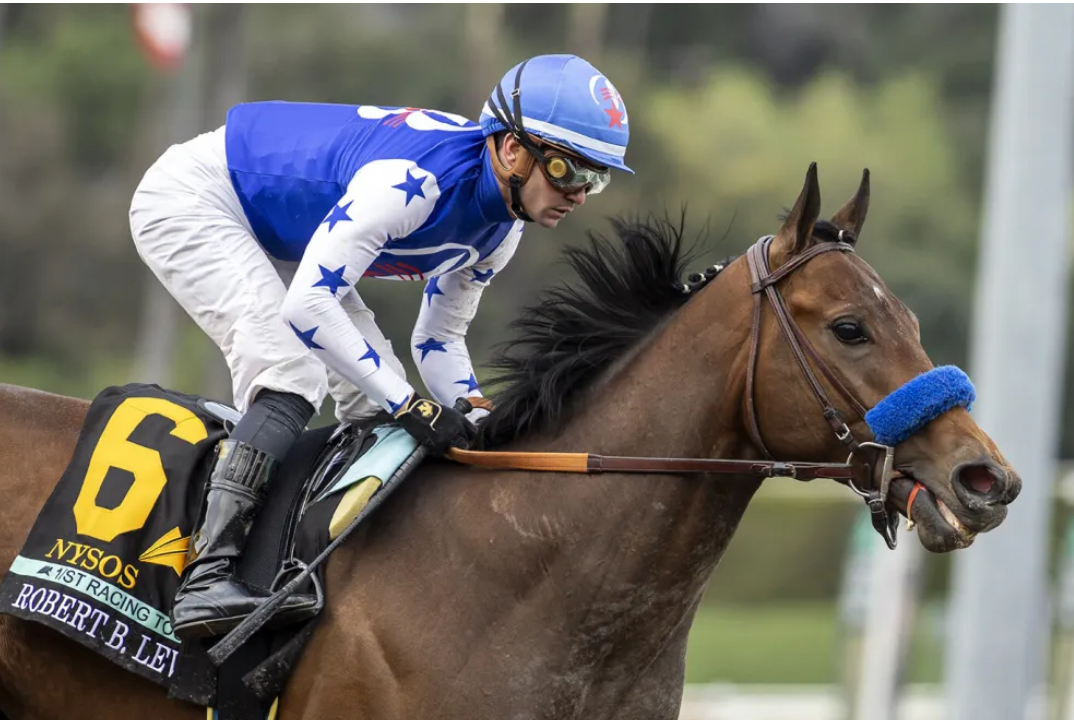In a dazzling display at Santa Anita, Nysos, the son of 2016 Derby winner Nyquist, secured a triumphant win in the $200,000 Grade III Robert B. Lewis, extending his unbeaten streak to three races. With a combined winning margin of 26 ¾ lengths, Nysos showcased remarkable talent, hinting at his potential greatness. However, the 150th running of the Kentucky Derby will miss this formidable contender, as owners loyal to trainer Bob Baffert chose not to transfer their horses, potentially as a protest against Churchill Downs’ handling of Baffert’s suspension.
Nysos, expected to run in the Santa Anita Derby on April 6, demonstrated exceptional ability to rate off the pace and accelerate in the stretch during the Lewis. Trained by Baffert, Nysos has proven his prowess in navigating two turns, impressing with his speed and remarkable mind.
While fans around the country miss the chance to witness Nysos in the Derby, the colt remains a notable contender for the Preakness Stakes on May 18. Baffert, despite his suspension, expressed confidence in Nysos, stating, “He’s a really good colt. You can just sit there and push the button at any time. It makes it so much easier for the riders, but I still get a little nervous.”
Nysos, the overwhelming 1-9 favorite in the Lewis, strategically moved from fourth to the front up the backside, ultimately winning by 7½ lengths. Jockey Flavien Prat, aboard Nysos, praised the horse’s response to his commands, stating, “When I called on him, he responded really well.”
As Nysos continues to impress, his absence from the Kentucky Derby leaves a void, and only time will reveal the extent of his potential greatness.

